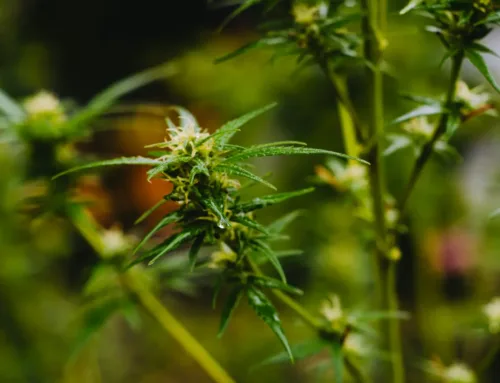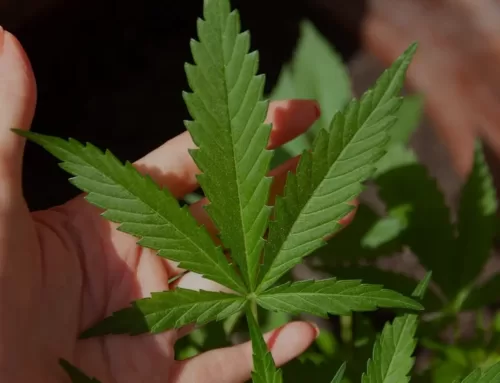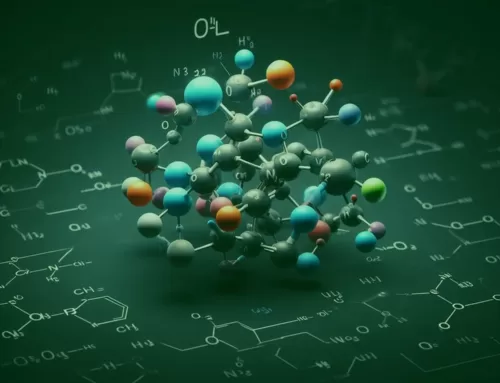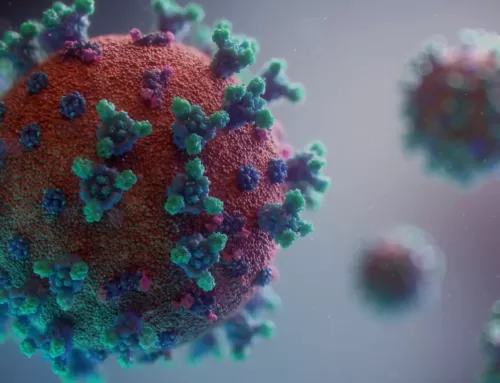CBD, or cannabidiol, has gained immense popularity in recent years for its potential health benefits.
From relieving anxiety and stress to managing pain and inflammation, CBD has been touted as a natural remedy for a variety of ailments.
However, not all CBD products are created equal, and one of the key factors in determining the effectiveness of a CBD product is its bioavailability.
Bioavailability refers to the degree and rate at which a substance is absorbed into the bloodstream to produce its desired effect.
When it comes to CBD, bioavailability is crucial because it determines how much of the compound actually reaches your bloodstream and is available for your body to use.
There are several factors that can affect the bioavailability of CBD, including the method of administration, the quality of the product, and individual differences in metabolism.
Understanding these factors is essential in selecting a CBD product that will provide you with the most benefits.
One of the most common methods of administering CBD is through oral consumption, such as CBD oils, tinctures, capsules, and edibles. When you ingest CBD orally, it must pass through your digestive system before it can be absorbed into the bloodstream.
This process can be lengthy and inefficient, resulting in lower bioavailability of the CBD.
Studies have shown that the bioavailability of orally consumed CBD can be as low as 6% to 20%.
To improve the bioavailability of orally consumed CBD, some companies have started to incorporate technologies such as nanoemulsion and liposomes in their products. These technologies help to increase the solubility of CBD in water, allowing it to be absorbed more easily into the bloodstream.
As a result, products with nanoemulsified or liposomal CBD typically have higher bioavailability than traditional oral CBD products.
Another common method of administering CBD is through inhalation, such as vaping or smoking.
When you inhale CBD, it is absorbed directly into the bloodstream through the lungs, bypassing the digestive system. This results in higher bioavailability compared to oral consumption, with studies suggesting that inhalation can achieve bioavailability rates of up to 56%.
Topical application is another method of administering CBD, where the compound is absorbed through the skin and into the bloodstream.
While topical CBD products can be effective for targeting localized pain and inflammation, their bioavailability is relatively low compared to inhalation and sublingual administration.
Sublingual administration, where CBD is placed under the tongue and held for a period of time before swallowing, is another effective method of improving the bioavailability of CBD.
By holding the CBD oil or tincture under the tongue, the compound is absorbed directly into the bloodstream through the mucous membranes, bypassing the digestive system. This results in higher bioavailability compared to oral consumption, with some studies suggesting that sublingual administration can achieve bioavailability rates of up to 35%.
It is important to recognise that finding the optimal dosage requires a personalised approach, as factors like body weight, metabolism, and the condition being treated can influence the response to CBD.
You can check what is appropriate for you by using our CBD daily dose calculator.
In summary, the bioavailability of CBD is an important factor to consider when selecting a CBD product.
The method of administration, the quality of the product, and individual differences in metabolism all play a role in determining the effectiveness of CBD.
By choosing high-quality CBD products with improved bioavailability, you can ensure that you are getting the most benefits.






